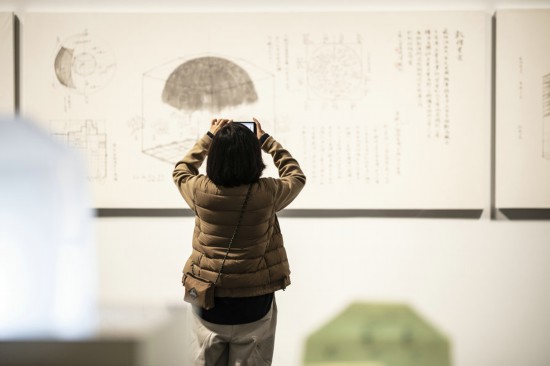
Xie Xiaoze's ongoing exhibition at Tsinghua University Art Museum illustrates his experimental endeavors in the search of his cultural roots. [Photo provided to chinadaily.com.cn]
In the summer of 2017, Xie Xiaoze took part in a monthlong residency program at the Dunhuang Academy in Gansu province. The artist, who is also the Paul L.& Phyllis Wattis Professor of Art at Stanford University, spent a lot of time reading, thinking and creating.
He also spent time talking to the academy's scholars, sometimes in the canteen in dinner time, and their modesty, austerity and seriousness left a deep impression on him. As did the place itself. Looking out from his room window at night, Xie could see the faint light that illuminates the rows of caves at Mogao where for centuries, monks once lived and meditated.
He described his time there as "simple, peaceful, and a fulfilling experience".
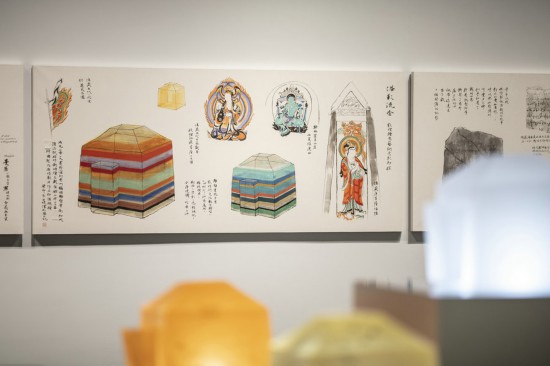
Xie Xiaoze's ongoing exhibition at Tsinghua University Art Museum illustrates his experimental endeavors in the search of his cultural roots. [Photo provided to chinadaily.com.cn]
Xie revisited Dunhuang in 2018, and stayed for another three weeks. The two visits inspired him to complete the residence program, and the paintings, drawings, installations and sculptures he produced as a result are now on show at the Tsinghua University Art Museum.
Curated by Wu Hong, Amber of History: Reimagining the Library Cave at Dunhuang, introduces viewers to Xie's own poetic meditations, based on archaeological findings, of the glorious past and historic scars of Dunhuang and the Mogao Caves.
It especially focuses on the scrolls and books found in Library Cave, or Cave 17, which he views as a cache preserving the memories, feelings and knowledge of those who spent their lives trying to understand the universe and the relationship between people and the world, as if preserved in amber. The exhibition runs through to May 5.
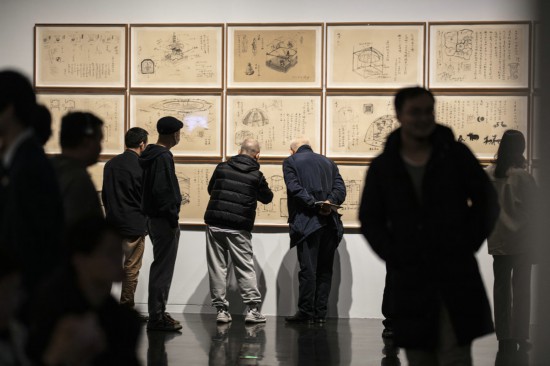
Xie Xiaoze's ongoing exhibition at Tsinghua University Art Museum illustrates his experimental endeavors in the search of his cultural roots. [Photo provided to chinadaily.com.cn]
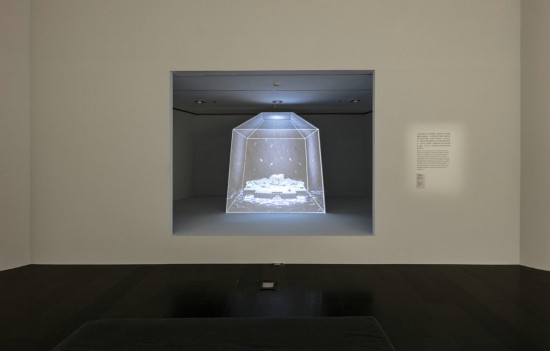
Xie Xiaoze's ongoing exhibition at Tsinghua University Art Museum illustrates his experimental endeavors in the search of his cultural roots. [Photo provided to chinadaily.com.cn]
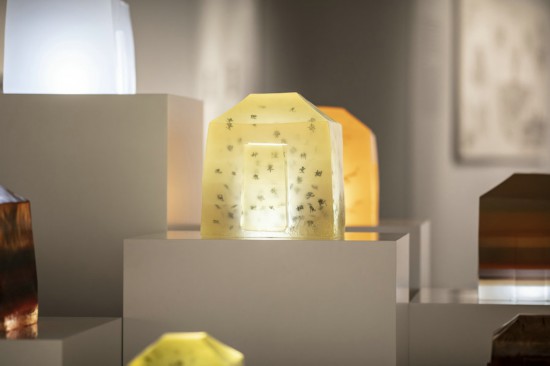
Xie Xiaoze's ongoing exhibition at Tsinghua University Art Museum illustrates his experimental endeavors in the search of his cultural roots. [Photo provided to chinadaily.com.cn]
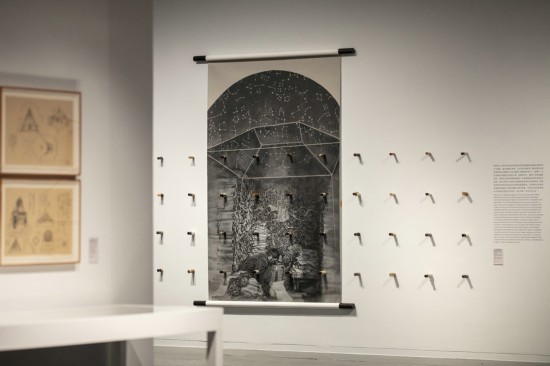
Xie Xiaoze's ongoing exhibition at Tsinghua University Art Museum illustrates his experimental endeavors in the search of his cultural roots. [Photo provided to chinadaily.com.cn]
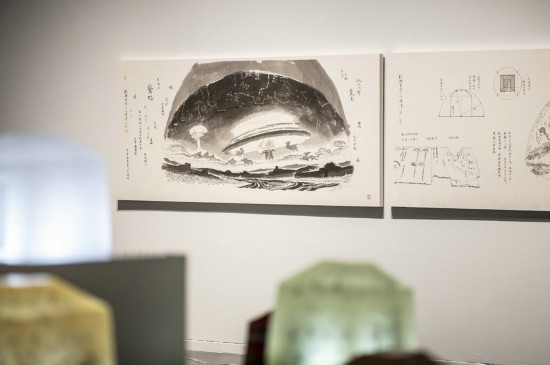
Xie Xiaoze's ongoing exhibition at Tsinghua University Art Museum illustrates his experimental endeavors in the search of his cultural roots. [Photo provided to chinadaily.com.cn]
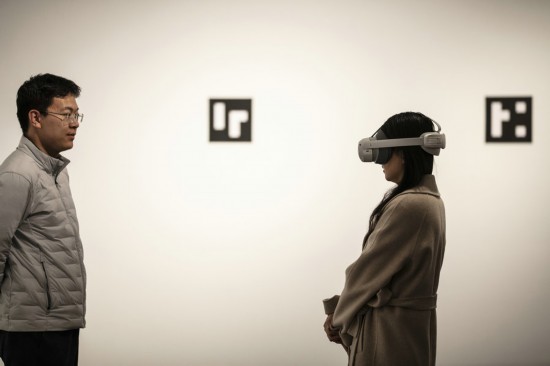
Xie Xiaoze's ongoing exhibition at Tsinghua University Art Museum illustrates his experimental endeavors in the search of his cultural roots. [Photo provided to chinadaily.com.cn]
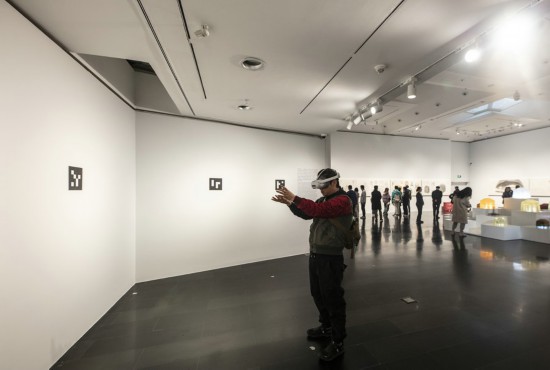
Xie Xiaoze's ongoing exhibition at Tsinghua University Art Museum illustrates his experimental endeavors in the search of his cultural roots. [Photo provided to chinadaily.com.cn]
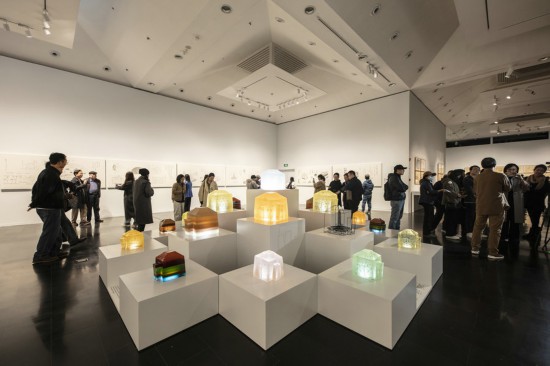
Xie Xiaoze's ongoing exhibition at Tsinghua University Art Museum illustrates his experimental endeavors in the search of his cultural roots. [Photo provided to chinadaily.com.cn]
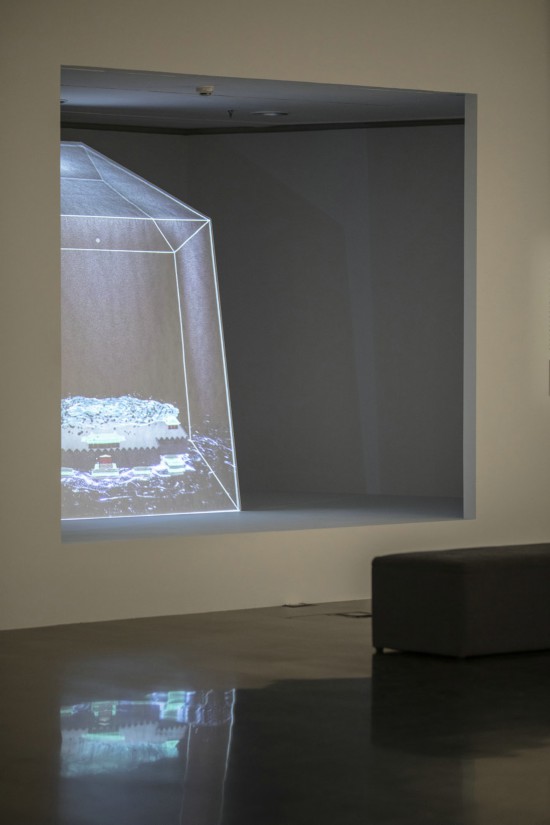
Xie Xiaoze's ongoing exhibition at Tsinghua University Art Museum illustrates his experimental endeavors in the search of his cultural roots. [Photo provided to chinadaily.com.cn]
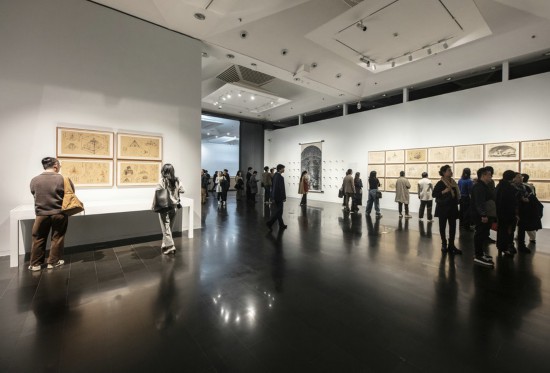
Xie Xiaoze's ongoing exhibition at Tsinghua University Art Museum illustrates his experimental endeavors in the search of his cultural roots. [Photo provided to chinadaily.com.cn]
 Editor:Qiu Xiaochen
Editor:Qiu Xiaochen